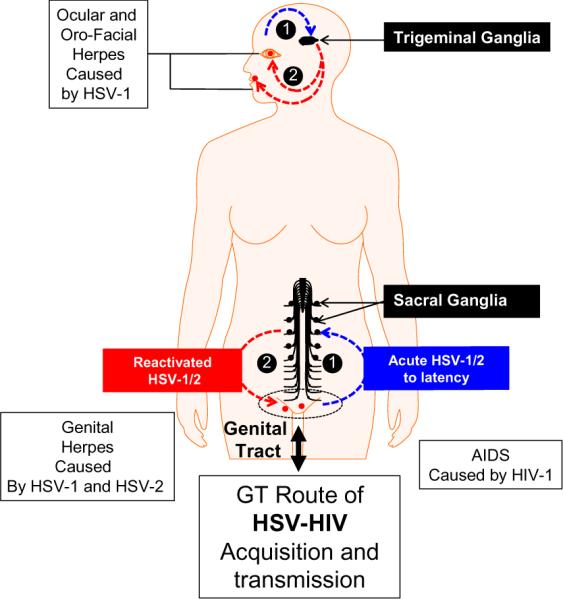Figure 1. The natural routes of HSV-1/2 and HIV-1 transmission.

HSV-1/2 transmitted through the genital tract (GT) replicates locally in this primary mucocutaneous genital site of infection, enters and travels along the sensory nerves to the lumbosacral dorsal root gangli a (sacral ganglia or SG) where it establishes latency. Sporadic spontaneous reactivation of HSV-1/2 from the sensory neurons of SG leads to viral shedding in the genital tract, which can cause recurrent ulcerative genital herpes (blisters). While most cases of genital herpes are caused by HSV-2, reports of HSV-1 genital infection are on the rise. HSV-1 infects the cornea or the mucocutaneous oro-facial sites and then enters and travels along the sensory nerves to the trigeminal ganglia (TG) where it establishes latency. Sporadic spontaneous reactivation of HSV-1 from the sensory neurons of TG leads to viral shedding in the tears and saliva, which can then infect the oro-facial surfaces and cause recurrent ocular (e.g. blinding herpes stromal keratitis or HSK) or oro-facial herpes (e.g. cold sores). HIV-1 is mainly acquired and transmitted through the GT and replicate locally in this primary muco-cutaneous genital site of infection.
